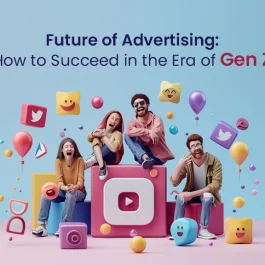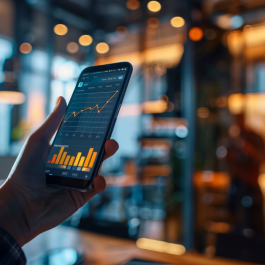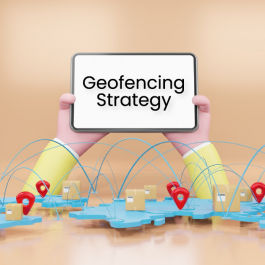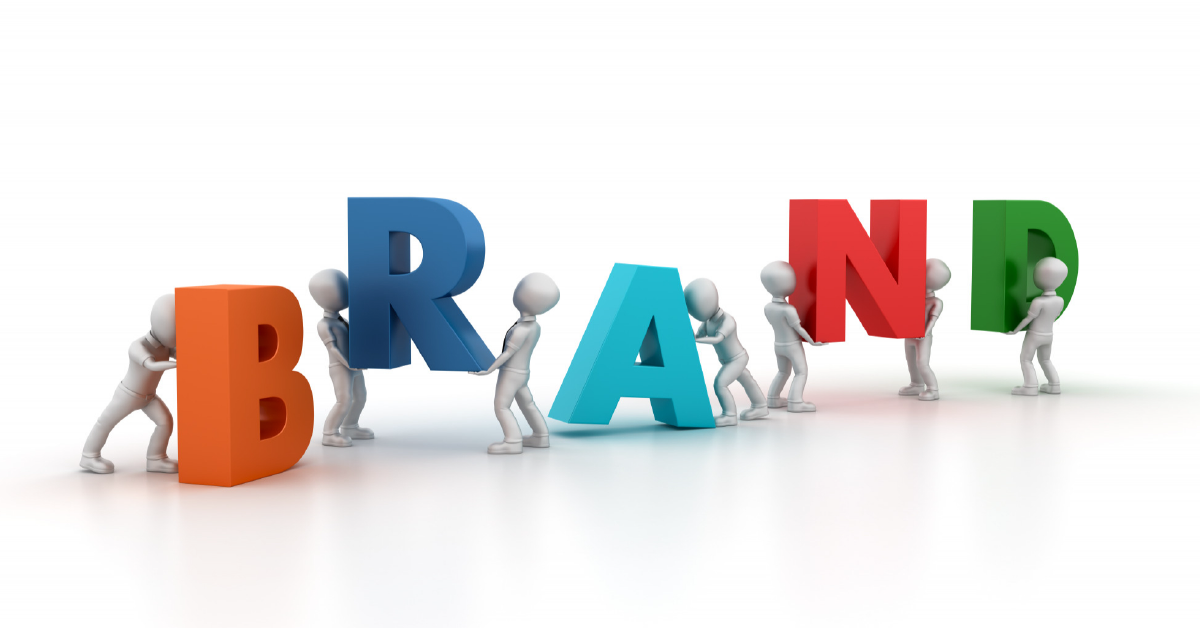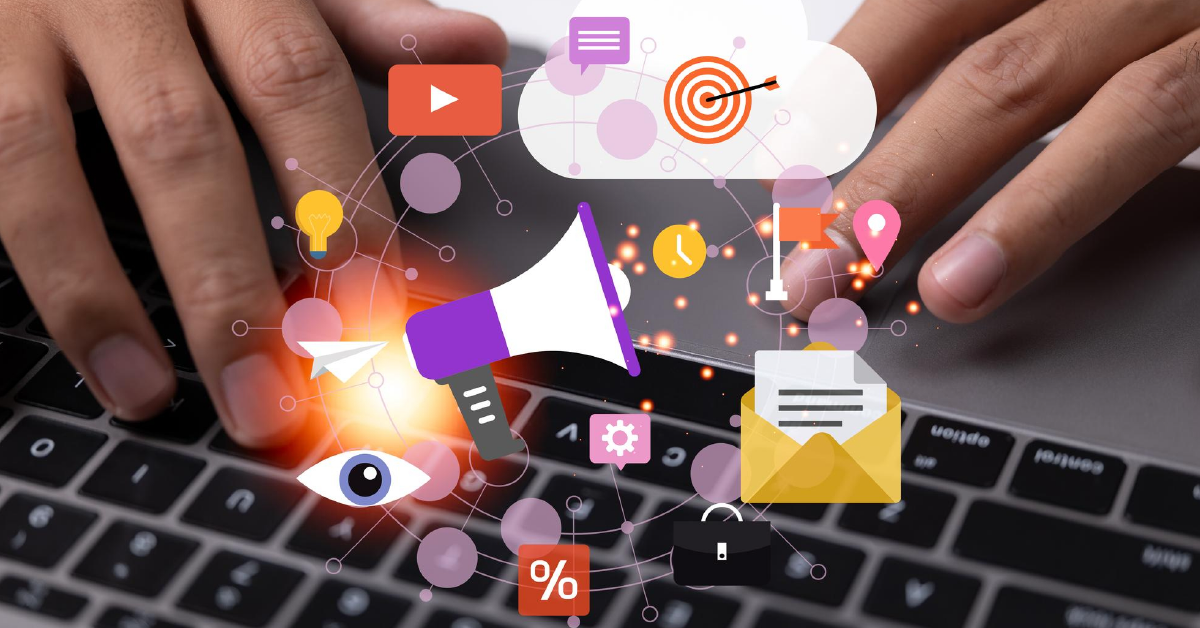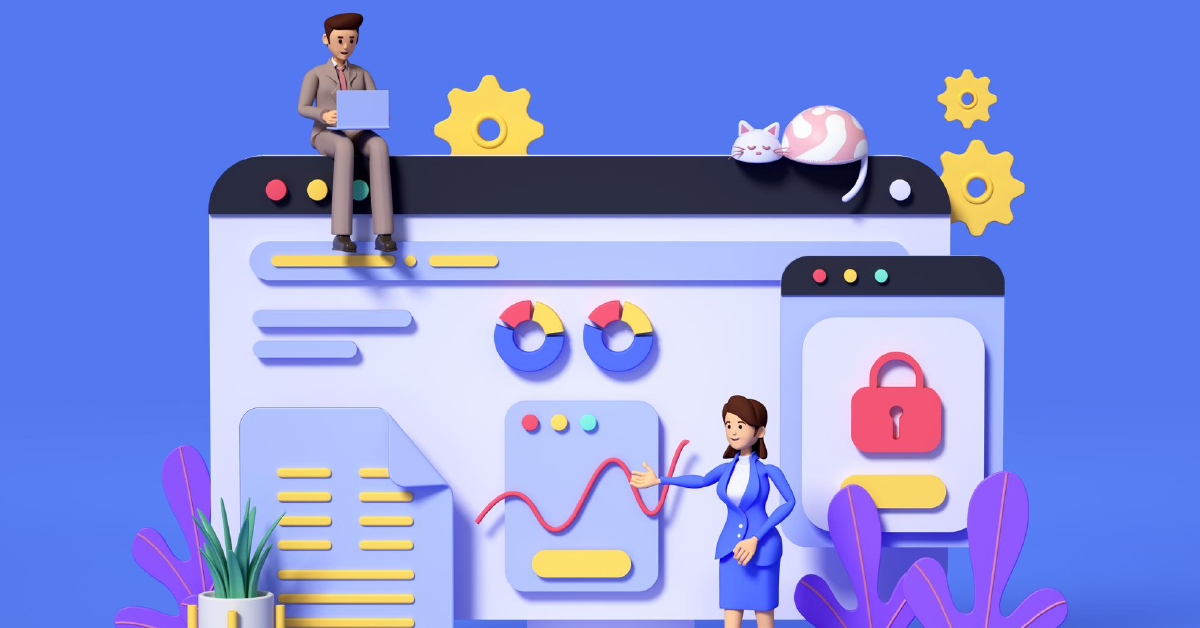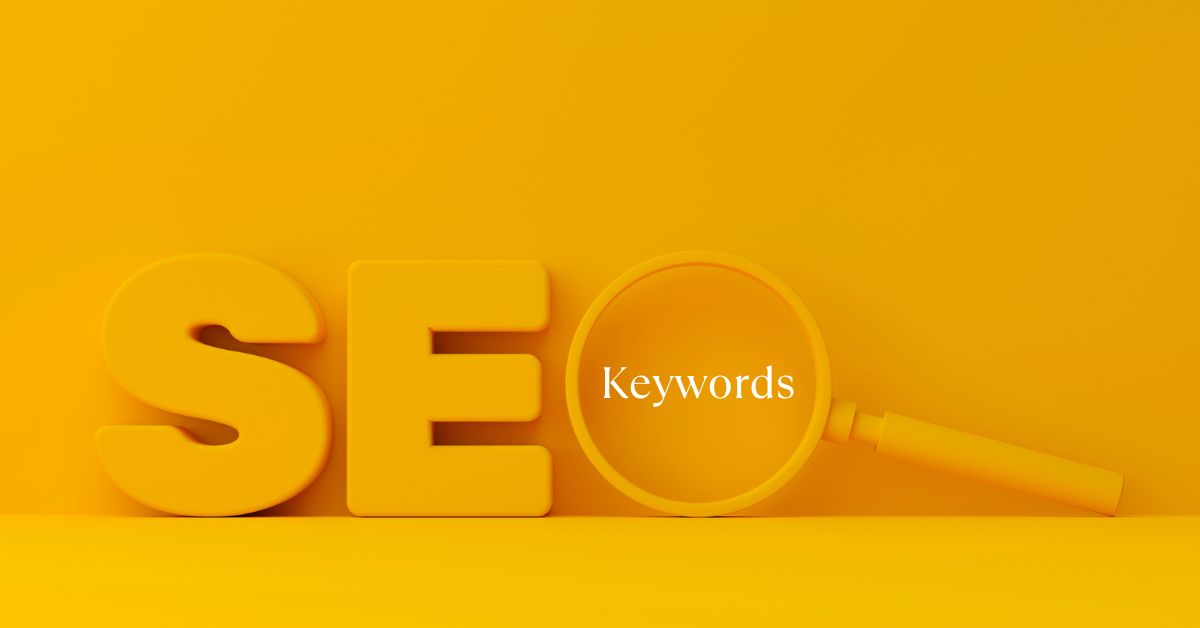6 min read
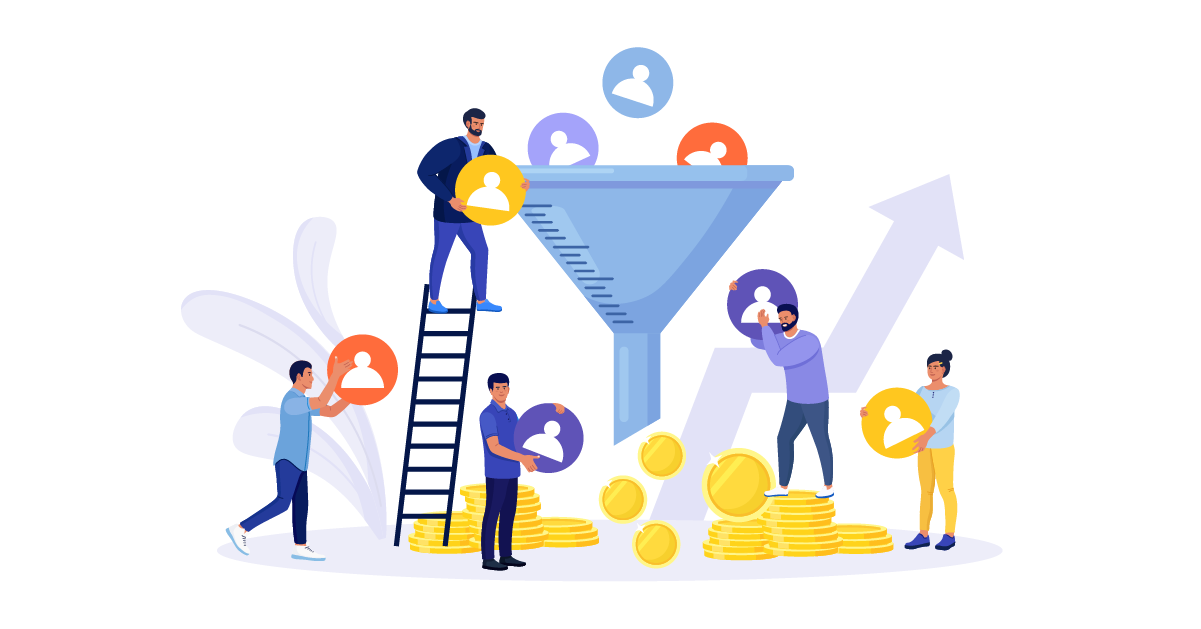
In the world of B2B sales, a well-optimized sales funnel can make all the difference between success and failure. Businesses must understand how to effectively guide lead conversion strategies through the sales process and convert them into paying customers. In this blog post, we will explore the concept of the B2B sales funnel and provide actionable strategies to optimize each stage, from lead generation to the best conversion strategy. Whether you’re a seasoned B2B sales professional or just starting, this comprehensive guide will help you maximize your sales performance and drive business growth.
Table of Contents
Introduction to the B2B Sales Funnel
The B2B sales funnel is a visual representation of the buyer’s journey, from initial contact with a lead conversion strategy to closing the deal. It consists of several stages, each representing a different level of engagement and interaction between the buyer and the seller. Understanding the stages of the B2B sales funnel is crucial for optimizing your sales process and improving conversion rates.
Stage 1 – Lead Generation
Lead generation is the first stage of the B2B sales funnel. It entails attracting prospective clients and gathering their contact information. To optimize lead generation, businesses should implement a multi-channel approach that includes tactics such as content marketing, social media advertising, search engine optimization (SEO), and email marketing. It’s important to target specific buyer personas and provide valuable content that addresses their pain points and challenges.
Stage 2 – Lead Qualification
Once leads have been generated, the next step is to qualify them based on their level of interest and fit with your product or service. Lead qualification helps identify high-quality leads that are more likely to convert into customers. To optimize lead qualification, businesses should implement lead scoring systems, conduct thorough research on leads, and use marketing automation tools to track and analyze lead conversion behavior.
Stage 3 – Sales Engagement
At this stage, the focus shifts from marketing to sales. Sales engagement involves nurturing leads, building relationships, and guiding them through the decision-making process. To optimize sales engagement, businesses should provide personalized communication, offer product demonstrations or trials, address objections, and provide relevant case studies or testimonials. It’s important to establish trust and credibility with leads to increase their likelihood of converting.
Stage 4 – Proposal and Negotiation
Once a lead has expressed interest and engaged in the sales process, it’s time to present a proposal and negotiate the terms of the deal. This stage requires effective communication skills, a deep understanding of the customer’s needs, and the ability to address objections and overcome any barriers to closing the sale. To optimize this stage, businesses should create compelling proposals that clearly outline the value proposition, offer flexible pricing options, and provide personalized solutions based on the customer’s specific requirements.
Stage 5 – Closing the Deal
Closing the deal is the ultimate goal of every sales funnel. At this stage, it’s crucial to ensure a smooth transition from negotiation to finalizing the sale. To optimize this stage, businesses should have a streamlined contract signing process, provide clear instructions for payment, and offer post-sale support to address any concerns or questions. Building strong relationships with customers is essential for repeat business and referrals.
Stage 6 – Post-Sale Follow-up
The sales funnel doesn’t end with closing the deal. Post-sale follow-up is an important stage for customer retention and upselling opportunities. It involves providing exceptional customer service, addressing any post-purchase concerns, and nurturing long-term relationships with customers. To optimize this stage, businesses should implement customer relationship management (CRM) systems, conduct customer satisfaction surveys, and offer ongoing support and resources to drive customer loyalty.
Analyzing and Improving the Sales Funnel
To continuously improve your sales funnel and maximize your best conversion strategy, it’s essential to analyze data and metrics at each stage. This includes tracking key performance indicators (KPIs) such as conversion rates, average deal size, customer acquisition costs (CAC), and customer lifetime value (CLTV). By identifying areas of improvement and testing new strategies, businesses can optimize their sales funnel over time.
Tools and Technologies for Sales Funnel Optimization
Numerous tools and technologies are available to help businesses optimize their B2B sales funnels. CRM systems like Salesforce or HubSpot can streamline lead management and automate sales processes. Marketing automation platforms such as Marketo or Pardot can help with lead nurturing and scoring. Analytics tools such as Google Analytics or Mixpanel can provide useful insights into customer behavior. By leveraging these tools effectively, businesses can gain a competitive edge in their sales efforts.
Read More: Landing Page and Conversion Optimization: Secrets to PPC Success
Implementing a Successful Sales Funnel Strategy
Now that we have explored the different stages of the B2B sales funnel and strategies to optimize each step, it’s essential to outline a comprehensive sales funnel strategy to ensure success. Here are key steps to implement an effective sales funnel strategy:
-
Define Your Target Audience:
Clearly identify your target market and create detailed buyer personas. Understanding your audience’s pain points, motivations, and preferences will help tailor your messaging and offerings.
-
Develop Compelling Content:
Create high-quality, informative content that addresses your target audience’s challenges and provides value. Use a mix of formats, such as blog posts, videos, case studies, and whitepapers, to engage prospects at different stages of the funnel.
-
Leverage Multiple Channels:
Implement a multi-channel approach to reach your target audience effectively. Utilize social media platforms, email marketing campaigns, SEO strategies, and paid advertising to generate leads and increase brand visibility.
-
Capture and Nurture Leads:
Implement lead capture forms on your website and landing pages to collect contact information from interested prospects. Once you have captured leads, use marketing automation tools to nurture them through personalized email sequences and targeted content.
-
Qualify Leads:
Implement a lead scoring system to prioritize leads based on their level of engagement and fit with your product or service. This will help your sales team focus their efforts on high-quality leads with a higher likelihood of best conversion strategy.
-
Align Sales and Marketing Efforts:
Foster collaboration between your sales and marketing teams to ensure a seamless transition from marketing-generated leads to the sales team. Regular communication and shared goals will increase efficiency and improve the overall sales process.
-
Personalize Sales Engagement:
Tailor your communication and engagement with leads based on their specific needs and preferences. Provide personalized product demonstrations, offer customized solutions, and address any objections or concerns in a timely manner.
-
Streamline Proposal and Negotiation:
Present compelling proposals that clearly outline the value proposition and benefits of your product or service. Be prepared to negotiate terms and address any objections to move the deal forward smoothly.
-
Provide Exceptional Customer Service:
Once the deal is closed, continue to provide exceptional customer service to foster long-term relationships. Address any post-purchase concerns promptly, offer ongoing support, and provide resources that help customers maximize the value of their purchase.
-
Analyze Data and Iterate:
Continuously monitor the performance of your sales funnel by analyzing key metrics such as conversion rates, customer acquisition costs, and customer lifetime value. Use these insights to make data-driven decisions and iterate on your strategies for continuous improvement.
By following these steps and continuously refining your sales funnel strategy, you can optimize your B2B sales process, increase conversion marketing, and drive business growth.
The Future of B2B Sales Funnels
As technology continues to advance rapidly, the B2B sales landscape is constantly evolving. To stay ahead of the competition, businesses need to adapt their sales funnels to meet changing customer preferences and expectations. Here are some trends shaping the future of B2B sales funnels:
- AI-Powered Sales Tools: Artificial intelligence (AI) is revolutionizing the way businesses approach sales. AI-powered tools can automate repetitive tasks, provide predictive analytics, and offer personalized recommendations, enabling sales teams to work more efficiently and effectively.
- Virtual Selling: With the rise of remote work and virtual meetings, virtual selling is becoming increasingly prevalent. Sales teams need to adapt by leveraging technology to conduct virtual product demonstrations, deliver presentations remotely, and engage with prospects through video conferencing tools.
- Account-based marketing (ABM): ABM concentrates on targeting specific accounts rather than individual leads. This approach enables more personalized communication and greater engagement with key decision-makers at target companies.
- Customer-Centricity: As customers become more informed and demanding, businesses must prioritize delivering exceptional experiences throughout the entire sales journey. Building strong relationships, providing personalized solutions, and offering ongoing support are crucial for customer retention and advocacy.
- Data-Driven Sales Techniques: Data analytics will continue to play a significant role in optimizing B2B sales funnels. By leveraging advanced analytics tools, businesses can gain deeper insights into customer behavior, preferences, and pain points, enabling them to make more informed decisions and deliver targeted messaging.
Conclusion
Optimizing the B2B sales funnel is essential for driving business success in today’s competitive landscape. By understanding each stage of the funnel, implementing targeted strategies, leveraging technology effectively, and staying abreast of emerging trends, businesses can maximize conversion marketing, increase revenue, and build long-lasting customer relationships.
Visit our website and get more information about our digital marketing strategies for the business growth.
Published: January 25th, 2024
